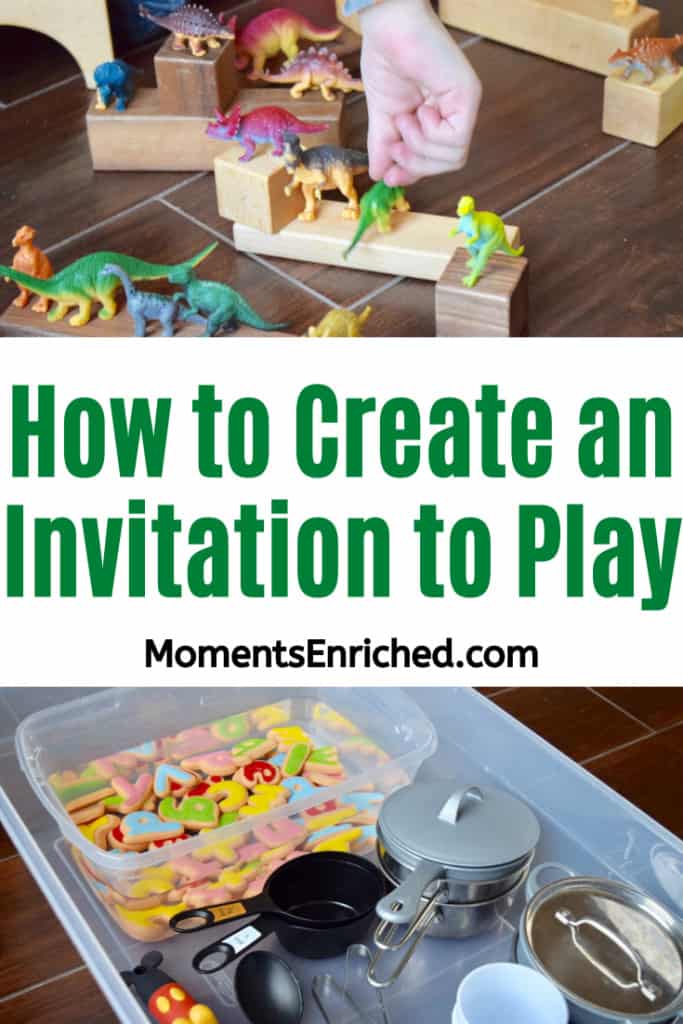Unlock the Power of Play: A Parent’s Guide to Crafting Engaging Play Invitations
Hello, wonderful parents! ? Are you ready to dive into the whimsical world of play? An invitation to play is more than just a fun time; it’s a doorway to endless possibilities for creativity, learning, and growth for your little ones. Let’s explore this magical concept together!
Play is the language of childhood. It’s how our kids learn about the world, express their feelings, and develop important skills. But sometimes, they need a little nudge to kickstart their imaginations. That’s where the beauty of a well-crafted invitation to play comes in! In this ultimate guide, we’ll explore how these playful prompts can not only brighten your child’s day but also contribute to their developmental milestones.
What is an Invitation to Play?
An invitation to play is a thoughtful setup of materials and prompts that encourage children to engage in open-ended play. The key is to ignite curiosity and creativity without explicit instructions – allowing your child the freedom to explore, manipulate, and discover on their terms. Whether it’s a sensory bin, a construction set, or a simple array of natural materials, these invitations can be as varied as your child’s interests.
Benefits of an Invitation to Play
- Boosts Creativity: With no set rules or outcomes, children can let their imaginations run wild, inventing stories and scenarios that you might never have thought of!
- Develops Critical Thinking: Kids get to solve problems, make decisions, and adjust their play as needed, which is excellent for their cognitive growth.
- Improves Social Skills: When shared with siblings or friends, play invitations encourage cooperation, communication, and empathy.
- Enhances Fine Motor Skills: Handling small pieces, shaping materials, and other actions involved in play naturally build dexterity and control.
- Encourages Independence: Giving kids the reins in their play helps them learn to entertain themselves and enjoy their own company.
Excited to get started? Keep reading to discover how to set up the perfect play invitation for your child.
Setting up Your First Invitation to Play
Creating an engaging invitation to play doesn’t require expensive toys or elaborate preparations. Sometimes, the simplest things can spark the greatest joy in children!
- Consider Your Child’s Interests: What captivates your child? Dinosaurs, fairies, construction sites? Tailor the invitation to what they currently love.
- Choose a Good Location: Find a space where your child feels comfortable and has room to explore without too much interruption.
- Select Materials: Look around your home for items that might inspire play. Think outside the box – kitchen utensils, old magazines, fabric scraps – the sky’s the limit!
- Create an Attractive Setup: Arrange the materials in an inviting way. A little bit of order and beauty can go a long way toward enticing your child to play.
- Step Back: This is key! Once you’ve set the stage, let your child discover and interact with the play invitation without your guidance, unless they ask for it.
Now that you have the basics down, let’s explore some imaginative and easy-to-implement play invitation ideas for varying ages, ensuring your child is always engaged in meaningful, joyful play. Keep scrolling for inspiration and step-by-step instructions for creating your very own play invitations!
You’ll see how these simple yet powerful setups can make a huge difference in your child’s learning journey. From fostering early literacy and numeracy skills to developing social and emotional awareness, the benefits of intentional play invitations are vast and far-reaching. So, let’s nurture those little minds together and set the stage for a childhood filled with wonder, excitement, and boundless creativity!

Five Things Parents Should Know in Preparing for an Invitation to Play
1. Safety First
When setting up a play invitation, safety should always be the top priority. Ensure that all materials are age-appropriate and free of choking hazards or sharp edges. It’s important to select items that are non-toxic and can withstand the creativity and energy of a child at play.
2. Less is More
It’s easy to overthink and overcrowd the play space with too many options. A more minimalist approach allows children to focus and delve deeper into play. A few well-chosen items can spark so much more creativity than a pile of toys that may overwhelm or distract them.
3. Embrace the Mess
Play can be messy, and that’s part of the fun and learning process! Prepare a space where it’s okay for things to get a little chaotic. Dress your child in play clothes, and have cleaning supplies handy for when the play comes to an end. Remember, through mess, children learn about textures, cause and effect, and the joy of expressing themselves freely.
4. Observe and Reflect
While the idea is to let children lead, it’s also valuable to observe their play. You can learn a lot about your child’s development and interests by watching how they interact with the invitation. These insights can help you tailor future play invitations and also provide a wonderful chance to see the world from their perspective.
5. Follow Their Lead
If your child takes the play invitation in a direction you didn’t anticipate, that’s okay! It shows they are using their imagination and thinking creatively. Be flexible and allow them to steer the activity. After all, the goal is to foster their autonomy and creative play skills.
A Step-by-Step Guide to Creative Play Invitation Ideas
Play Invitations for Toddlers
Toddlers are full of curiosity, and their play invitations should tap into their eagerness to explore with their senses. A simple sensory bin with a base of rice, beans or water and some scoops, funnels, or small toys can provide endless fascination. Arrange the items neatly and watch as your little one digs in, pours, and splashes, developing hand-eye coordination and sensory processing skills.
Play Invitations for Preschoolers
Preschoolers are beginning to develop more complex storytelling skills and can benefit from themed play invitations. Set up a miniature world with figurines, blocks, and natural elements like stones and leaves. Encourage narrative play by including a few open-ended questions, like “What adventure is happening in this world?”, then step back and let their stories unfold.
Play Invitations for School-Aged Children
Older children need challenges that spark their critical thinking. Introduce engineering challenges with materials like cardboard tubes, tape, and marbles to create a marble run. Or, for a budding artist, a sketch pad alongside natural items to create patterns or textures can be inspiring. The key is to provide tools for problem-solving, design, and artistic expression.
Remember, the aim of an invitation to play is to provide an environment where children feel empowered to explore, imagine, and create on their own terms. It’s about prompting discovery and joy in a way that feels like pure play to them but is also rich in developmental opportunities.
Delight in the process of setting up these special playtimes and watch as your child’s unique way of seeing the world comes to life in their play. Every invitation to play is an opportunity for you to facilitate learning, foster independence, and share in the joy of your child’s self-guided discovery. Let’s get those invitations ready and watch the magic happen!
See more great Things to Do with Kids in New Zealand here. For more information see here
Disclaimer
The articles available via our website provide general information only and we strongly urge readers to exercise caution and conduct their own thorough research and fact-checking. The information presented should not be taken as absolute truth, and, to the maximum extent permitted by law, we will not be held liable for any inaccuracies or errors in the content. It is essential for individuals to independently verify and validate the information before making any decisions or taking any actions based on the articles.




